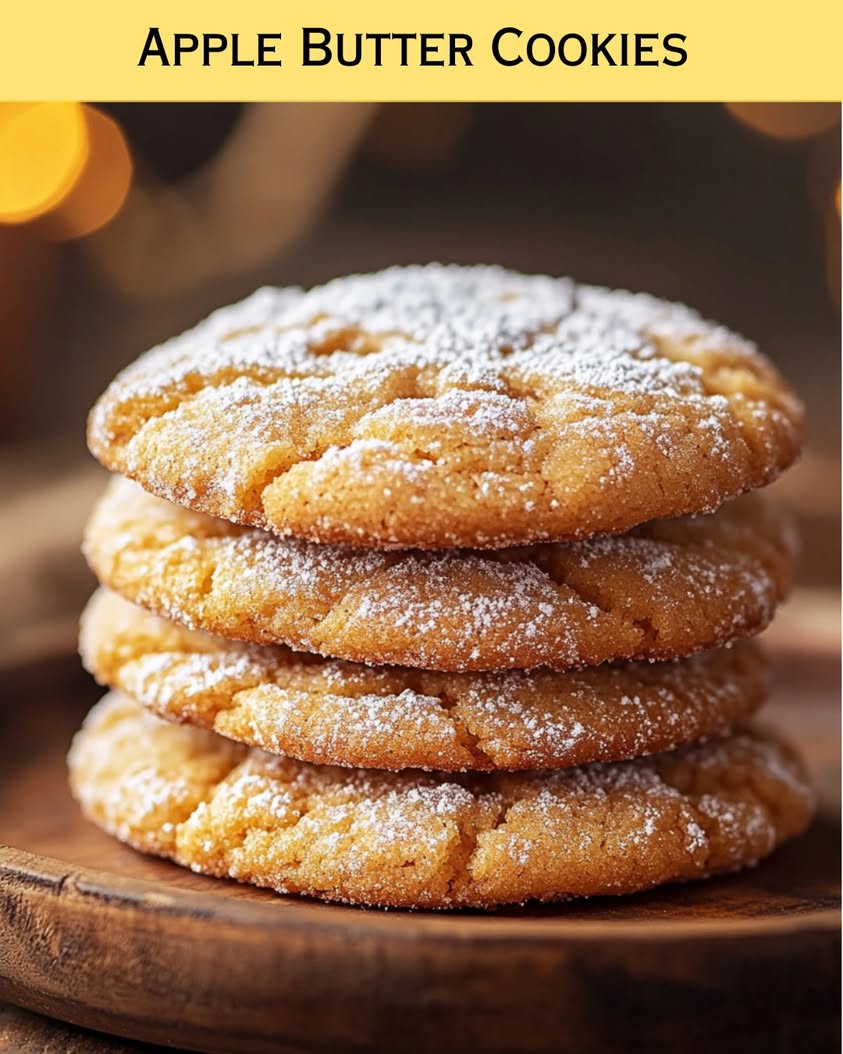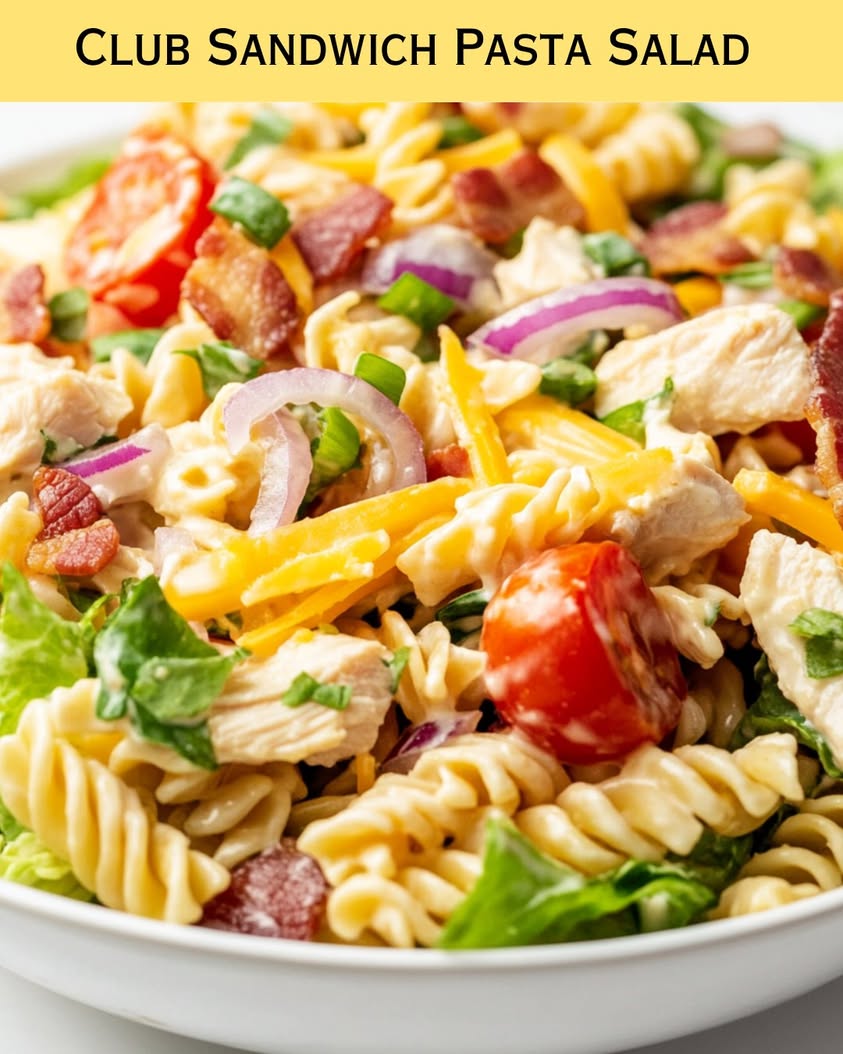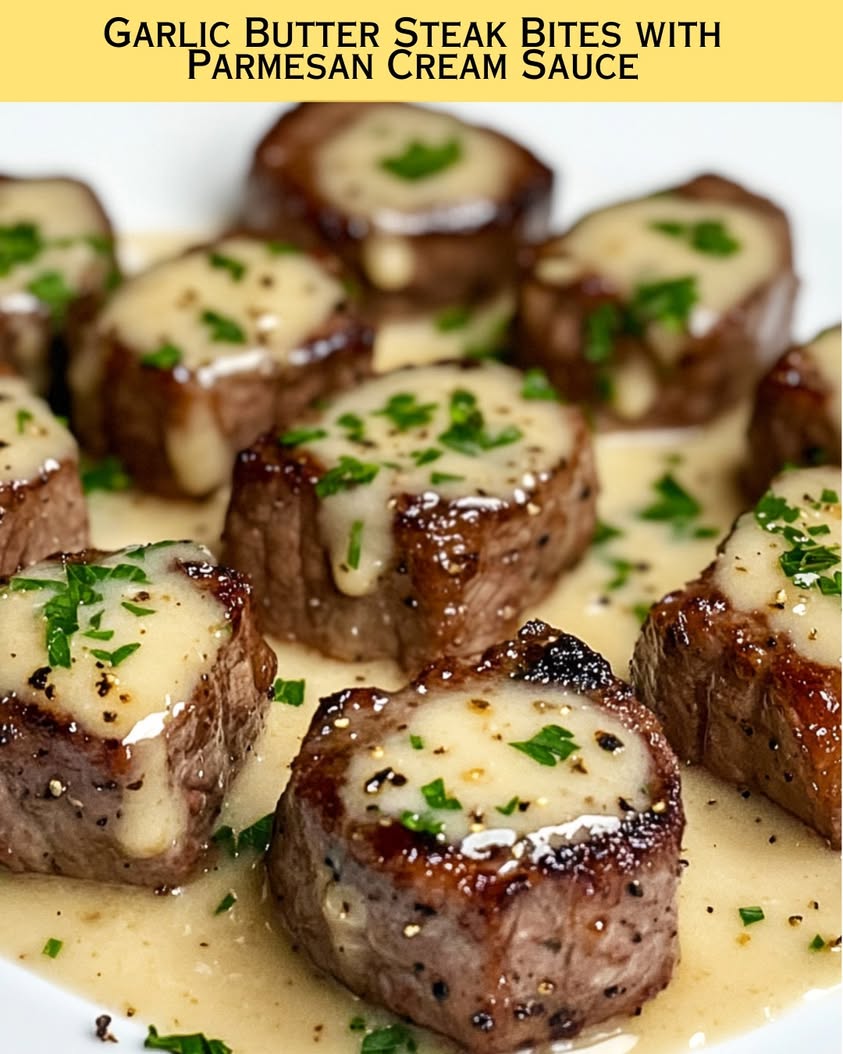Deliciously Hearty Meaty Sausage Rolls: The Perfect Snack!
Indulge in the delightful world of homemade meaty sausage rolls, where the combination of seasoned meats wrapped in flaky pastry creates a symphony of flavors. These savory rolls are not just a treat for the taste buds but also a comfort food staple, perfect for gatherings, parties, or simply a cozy night in. Whether you enjoy them as a snack or a main course, their rich, hearty filling encased in golden pastry is sure to satisfy your cravings.
Preparing meaty sausage rolls affords you the chance to infuse your culinary personality into the dish. From blending spices to selecting your choice of sausages, every detail contributes to a delightful eating experience. The allure of these rolls lies in their versatility; they are equally at home in lunchboxes, as picnic fare, or served with a side of dipping sauce for a festive appetizer. With every bite, you’ll revel in the satisfying crunch of the pastry giving way to the succulent meat.
Quick Recipe Highlights
- Flavor Profile: These sausage rolls are savory, seasoned with herbs and spices, making every bite rich and fulfilling.
- Texture: The contrast between the crispy outer layer and juicy filling creates a delightful mouthfeel.
- Aroma: The warm, inviting aroma of baked pastry combined with savory meat makes this dish irresistible.
- Visual Appeal: Golden-brown crust adorned with a beautiful sheen brings an appealing look to your table.
- Skill Level Needed: This easy recipe is perfect for beginners and skilled cooks alike, requiring minimal technical skills.
- Special Equipment: All you need is a baking tray and parchment paper, making it easy to prepare.
Recipe Overview
- Difficulty Level: Easy, making it accessible for home cooks of all levels, ensuring successful and enjoyable outcomes.
- Category: Perfectly fits into snacks or appetizers, great for casual gatherings or family dinners.
- Cuisine: Drawing influences from traditional British cuisine, where sausage rolls are cherished for their comfort and ease.
- Cost: An economical dish, utilizing affordable ingredients that yield delicious results without breaking the bank.
- Season: Ideal for any season, especially appreciated during colder months as a warm snack.
- Occasion: Great for parties, birthdays, or simply as a weekend treat to please your family.
Why You’ll Love This Recipe
The meaty sausage rolls boast a robust flavor profile that marries the savory taste of seasoned meats, balanced with herbs and a hint of spice. Each bite delivers a satisfying combination of textures; the flaky pastry contrasts beautifully with the juicy filling, creating a delightful sensory experience. This dish’s ability to be enjoyed hot or cold adds to its charm and versatility, making it a favorite for both casual and festive occasions.
Moreover, making sausage rolls from scratch allows you to control the ingredients, ensuring freshness and quality in every bite. The prep is quite straightforward, taking only about 20 minutes, perfect for busy cooks. These rolls are not just convenient; they can also accommodate various dietary preferences if needed. You can easily adapt the filling to accommodate different meats or vegetarian options, ensuring that everyone at your gathering can indulge.
In terms of nutrition, these rolls can be packed with protein and can be made healthier by using lean meats and whole grain pastry. They’re filling enough to be considered a meal and can be served alongside salads or vegetables for a complete dish. Meaty sausage rolls can also be a fun way to involve kids in the kitchen and introduce them to cooking.
Socially, meaty sausage rolls are known for bringing people together. They are excellent finger food for parties, creating a laid-back atmosphere perfect for mingling. They also pair wonderfully with a range of beverages, enhancing any gathering with their presence. The satisfaction of sharing homemade treats with friends and family elevates the experience.
Lastly, this recipe is budget-friendly, allowing you to prepare a large batch without significant expenses. The ingredients are commonly available, making it easy to stock up and prepare this crowd-pleaser on demand. This cost-effectiveness makes meaty sausage rolls a staple yet indulgent snack for everyone.
Historical Background and Cultural Significance
Meaty sausage rolls have humble beginnings that trace back to the United Kingdom, where they emerged as a portable snack for the working class in the 19th century. Their adaptability and sheer deliciousness made them popular among both the working class and upper classes alike. Over time, these savory pastries adapted to regional tastes, incorporating various local meats and seasonings, thus enriching their appeal across different cultures.
Culturally, sausage rolls represent a connection to British culinary traditions, often seen during celebratory occasions and festive gatherings. Special events like football matches, picnics, or family gatherings wouldn’t be complete without these treats gracing the table. The communal nature of enjoying sausage rolls, with companions sharing and enjoying them together, adds to their allure.
As the recipe evolved, variations began to emerge, showcasing not just meats but creative fillings that included vegetables, cheese, and spices. These adaptations illustrate the culinary creativity of home cooks embracing local ingredients and personal tastes, allowing the basic sausage roll concept to flourish.
Regionally, in Australia and New Zealand, sausage rolls have become iconic, often showcasing local meats and flavors. This shows the adaptability of the dish, as it continually transforms while remaining a beloved snack.
Ingredient Deep Dive
Meat: The main ingredient in meaty sausage rolls, the choice of meat varies depending on regional preferences or personal taste. Ground pork and beef are traditional choices, offering rich flavors and great texture. Nutritionally, meats provide essential protein, vitamins B6, B12, and minerals like iron and zinc, which are vital for energy and immune health. When selecting meat, look for quality cuts that are fresh and well-seasoned. Storing raw meat requires refrigeration and should be used within two days or frozen for longer preservation. For substitutions, consider turkey or chicken for a leaner option or plant-based proteins for a vegetarian twist.
Puff Pastry: The pastry encasing our meaty filling is essential for achieving that classic flaky texture. Puff pastry is traditionally made from flour, butter, and water, and can be treated as a special indulgence or a versatile canvas. The nutritional profile of puff pastry is primarily carbohydrates with some fat, depending on the butter content. When selecting, look for frozen varieties that are all-butter for the best flavor. Proper storage involves keeping it in a cool environment and using it before the expiration date. For variations, phyllo dough can be used for a lighter alternative, while whole grain versions offer more fiber.
Common Mistakes to Avoid
- Overworking the pastry dough, leading to tough rolls instead of flaky ones. Always handle with care.
- Using too much filling can cause the rolls to burst. Stick to an appropriate amount for a neat presentation.
- Not sealing the edges properly may result in leaking while baking. Ensure to crimp edges securely.
- Skipping the egg wash can lead to uneven browning. A wash creates a beautiful golden color.
- Using cold ingredients in the pastry can inhibit the rise. Room temperature butter helps achieve flakiness.
- Not preheating the oven can affect cooking time and final texture. Always start with a hot oven for optimal results.
- Overbaking sausage rolls can make them dry. Keep an eye on them in the last few minutes of baking.
- Neglecting to let the sausage rolls cool slightly before serving can lead to burns—let them chill for a few minutes to enjoy fully.
Essential Techniques
Preparation of sausage rolls mainly involves two key techniques: making the filling and crafting the pastry. When preparing the filling, it is essential to mix the meat gently with the seasonings to maintain its texture and prevent it from becoming dense. A gentle hand ensures an airy filling, essential for a fantastic bite.
For the pastry technique, rolling out and cutting the dough correctly is vital. Use a floured surface to prevent sticking and roll to an even thickness for uniformly baked rolls. Visual cues for success include a smooth, elastic dough that springs back when poked, indicating proper gluten development.
Pro Tips for Perfect Meaty Sausage Rolls
Start with cold ingredients; cold butter keeps the pastry flaky. Incorporate it quickly into the flour, preventing it from melting prematurely. Experiment with spices in your meat mixture. Don’t shy away from flavors like paprika or garlic for a taste boost. Always test your filling by cooking a small portion before filling your rolls—this way, you can adjust seasoning and texture. If time allows, chill the filled rolls before baking to ensure they hold their shape. For extra gloss and color, brush with a beaten egg or milk before baking.
Consider adding fresh herbs to your meat mixture for a fresh burst in every bite. Try not to waste trimmings; use leftover pastry scraps to create mini rolls or decorative shapes for a delightful presentation. Lastly, allow the sausage rolls to cool slightly after baking for the perfect dipping temperature—hot rolls can burn the mouth but cool rolls enhance flavor.
Variations and Adaptations
Consider regional adaptations like the Italian-inspired version with herbs and sun-dried tomatoes for a Mediterranean twist. Seasonal variations might include a festive stuffing with cranberry and sage during holidays. Dietary modifications can result in gluten-free sausage rolls using rice or gluten-free flour blends. Flavor variations could incorporate spicy sausage or vegetarian options for interest. Texture modifications might involve adding cheese for a creamy texture. Presentation alternatives include serving with a vibrant dipping sauce or garnishing with fresh herbs for color.
Serving and Presentation Guide
For serving, place the sausage rolls on a wooden board or a colorful platter. Keep them warm under a kitchen towel or in a low oven until ready to serve. Garnishing with fresh herbs like parsley or thyme elevates their look, while a side of tangy dipping sauce complements the warm, savory flavors. Serving at a slight angle or cutting them in half shows the delicious filling inside. Opt for small, bite-sized pieces for a buffet-style presentation, ensuring guests can enjoy them easily without the need for utensils.
Wine and Beverage Pairing
For pairing with meaty sausage rolls, a medium-bodied red wine such as Merlot or Zinfandel brings out the savory flavors beautifully. If you prefer white wine, a crisp Sauvignon Blanc enhances the herbs in the filling. For non-alcoholic options, sparkling apple cider or ginger beer adds a fun, festive touch. If coffee is on your mind, a rich, dark roast can complement the flavors nicely; just remember to serve it hot.
Storage and Shelf Life
Proper storage involves keeping any leftover meaty sausage rolls in an airtight container in the fridge for up to three days. For longer shelf life, consider freezing them; wrap individually in foil and place them in a zip-top bag to prevent freezer burn. Signs of spoilage include unpleasant scents or a change in texture. When reheating, aim for an internal temperature of 165°F to ensure safety. To thaw, simply place in the fridge overnight for best results.
Make Ahead Strategies
To prepare in advance, you can assemble the rolls and refrigerate them before baking. This allows for flavors to meld beautifully while retaining freshness. Consider having all your ingredients prepped a day in advance, making assembly even quicker. If freezing, prepare the sausage rolls, then flash freeze on a baking sheet before transferring them to a container. Be sure to note that prepped rolls will need slightly longer baking time from frozen compared to defrosted. Allow for quality retention by adding fresh herbs or a dipping sauce right before serving.
Scaling Instructions
Scaling the meaty sausage rolls is a breeze with simple adjustments. To halve the recipe, use half the quantity of all ingredients, keeping cooking times similar. Doubling or tripling the recipe is useful for gatherings—ensure you have ample baking trays and oven space. Adjust cooking time as necessary, especially if baking multiple trays simultaneously. When increasing quantities, consider the logistics of storage; ensure you have room in your refrigerator or freezer for excess uncooked batches.
Nutritional Deep Dive
Meaty sausage rolls pack a punch when it comes to nutrition, primarily due to their protein content, derived from various meats. Looking at the macro breakdown, typical sausage rolls are high in protein, moderate in fats, and contain carbohydrates from the pastry. Micronutrient analysis reveals good amounts of iron and zinc essential for energy and immune support. For those watching their diets, adjusting the type of meat and pastry can lead to healthier options while still satisfying cravings. Portion control remains critical to align with dietary goals, ensuring healthy indulgence.
Dietary Adaptations
For gluten-free enthusiasts, consider using a gluten-free pastry option for the wrapping. Dairy-free versions can be made using plant-based sausage alternatives and dairy-free pastry. For vegans, tofu or lentils can replace meat fillings, providing an alternative protein source. If you follow a low-carb diet, try wrapping fillings in zucchini or eggplant instead of pastry. Paleo followers may enjoy using almond flour and cashew cream in place of traditional ingredients to create a compliant version, while low-FODMAP enthusiasts can select compliant spices and additives for flavor.
Troubleshooting Guide
If your sausage rolls turn out dry, consider adding moist ingredients like onions or fats to the filling. Unbalanced flavors can be fixed by adding salt or acid; a squeeze of lemon juice often helps bring out other flavors. Temperature problems may arise if your oven is not accurately preheated; always trust an oven thermometer for better reliability. For those using ingredient substitutions, remember that cooking times may vary, so check for doneness frequently. If you overbake, consider lowering the roasting temperature next time and using an oven timer to prevent this.
Recipe Success Stories
Readers often share their inspiring experiences of making meaty sausage rolls, including adaptations that led to even greater happiness. Many recount discovering unique combinations of spices to create memorable flavors, while others found joy in sharing the rolls at gatherings and receiving rave reviews. Photography tips from the community highlight the appeal of capturing the golden-brown pastry and succulent meat, showing how appealing presentation can enhance perceptions of taste.
Frequently Asked Questions
A1: Yes, you can bake frozen sausage rolls! Just add an extra 5-10 minutes to the cooking time and ensure they reach 165°F internally.
Q2: What can I serve with sausage rolls?
A2: Pair your sausage rolls with a tangy dipping sauce like mustard or chili sauce for added flavor. They also work well with fresh salads or coleslaw.
Q3: How do I know when my sausage rolls are done?
A3: Look for a golden-brown crust and an internal temperature of 165°F for safety. The pastry should be crisp, and the filling should be hot.
Q4: Can I use turkey instead of pork?
A4: Absolutely! Ground turkey makes a healthy and equally delicious substitute. Season it well to enhance its flavor.
Q5: How long can I keep leftover sausage rolls?
A5: Leftover sausage rolls can be stored in the fridge for up to three days, and you can freeze them for up to three months for longer storage.
Q6: What spice blends work well in the filling?
A6: Try blends like Italian herb seasoning, chili powder, or even curry for a twist. Fresh herbs can also elevate the flavor significantly.
Q7: Are these rolls suitable for kids?
A7: Yes, meaty sausage rolls are kid-friendly! Their bite-sized nature and flavors make them appealing to children, and you can adjust the spices to suit their tastes.
Q8: Can I make these rolls ahead of time?
A8: Certainly! You can assemble the rolls and refrigerate them until you’re ready to bake or freeze them for future use.
Q9: What if I don’t have pastry on hand?
A9: In a pinch, consider using phyllo dough or even crescent roll dough for a unique take on sausage rolls.
Q10: Can I make mini sausage rolls?
A10: Yes! Just cut the pastry into smaller rectangles and adjust the filling quantity for bite-sized versions; they make great appetizers!
Q11: How should I reheat sausage rolls?
A11: To reheat, place them in a preheated oven at 350°F for about 10-15 minutes or until heated through. This helps retain crispiness.
Q12: Is it possible to make these rolls vegan?
A12: Definitely! Substitute with plant-based sausage or lentils, and ensure your pastry is dairy-free for a delicious vegan option.
Additional Resources
Explore related recipes like our Chili Cheese Dogs or Homemade Meat Pies to expand your snack repertoire. For kitchen novices, check out our technique guides on pastry-making to improve your skills. For those interested in ingredient details, we offer extensive resources on sourcing high-quality meats and herbs to elevate your dishes. Don’t forget about kitchen equipment recommendations, ensuring you have the right tools for success when baking.
Join the Conversation
We want to hear from you! Engage with our community on social media by sharing your recipe experiments and successes. Snap a photo of your meaty sausage rolls and tag us for a chance to be featured. Recipe reviews and suggestions help us grow, and we encourage sharing variations that make this dish your own—let’s explore together!
The Recipe
Meaty Sausage Rolls
Serves: 4
Prep Time: 20 mins
Cook Time: 25 mins
Total Time: 45 mins
Kitchen Equipment Needed
- Baking Tray
- Parchment Paper
- Mixing Bowl
- Rolling Pin
Ingredients
- 500g sausage meat
- 1 tbsp Worcestershire sauce
- 1 small onion, finely chopped
- 1 tsp dried thyme
- 1 egg, beaten (for egg wash)
- 250g puff pastry (thawed if frozen)
- Salt and pepper to taste
Directions
- Preheat the oven to 200°C (392°F). Line a baking tray with parchment paper.
- In a bowl, combine sausage meat, Worcestershire sauce, onion, thyme, salt, and pepper. Mix well.
- Roll out the puff pastry on a floured surface until about 3mm thick and cut into rectangles.
- Place a generous line of the sausage mixture down the center of each rectangle.
- Brush the edges of the pastry with beaten egg to help seal them.
- Fold the pastry over the filling and press the edges to seal. Crimp with a fork if desired.
- Place the rolls seam-side down on the prepared tray and brush the tops with the remaining beaten egg.
- Bake for 25-30 minutes or until golden brown and cooked through.
- Let them cool slightly before serving.
Recipe Notes
- For a spicy kick, add a pinch of chili flakes to the meat mixture.
- Feel free to use store-bought sausage if preferred.
- These rolls can be made ahead of time and frozen before baking.




